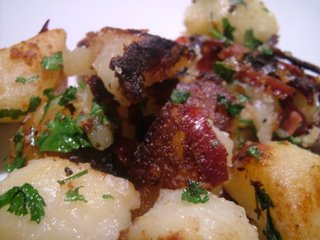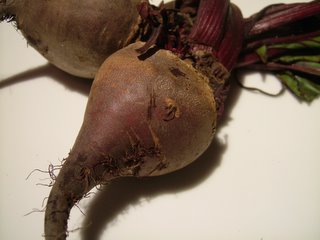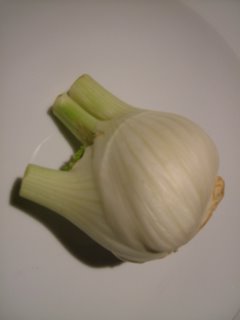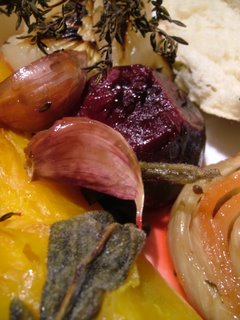In my mental spreadsheet of The Very Best Things You Can Do With A Potato (everyone should have one of these), Pommes Sarladais come in near, if not at, the very top. If you visit the Dordogne region of France, you’ll find these on every menu; in this area where duck and goose farming is so common, and the fat from those birds so ubiquitous in cookery, this preparation of potatoes comes as naturally as breathing.
This is an intensely rich, garlicky recipe. The peeled potatoes are par-boiled, then sautéed in generous amounts of duck or goose fat until golden and crisp. In the last few minutes, pulverised garlic is briskly stirred through the hot fat and crunchy potatoes, and finally the finished dish is tossed with a handful of aromatic, fresh parsley. This is an ideal accompaniment for duck confit, roast chickens, dense and boozy stews – almost anything rich and European. (Insert Silvio Berlusconi joke here.)
Choose a floury potato for this recipe. I like King Edward potatoes here – if you can’t find any, try Desiree, which have a pleasant sweetness that works well against the robust flavour of the garlic. I’m recommending a more generous amount of potato per person than you might expect here, simply because this is so tasty that people do tend to overeat. The semolina dusting doesn’t make it into the standard French recipe, but I gave it a whirl after hearing about the Nigella Lawson semolina trick with English roast potatoes, and found that it raises the golden crispiness to a simply heavenly level around the soft interior of each bite – this dish is the mouth-feel equivalent of about 80 naked, silky angels bopping lewdly to the best bits of ABBA. Admittedly, Pommes Sarladais are full of all those things you’re meant to be avoiding after Christmas like animal fat and carbs, but I’m convinced that the joyful endorphins you’ll produce while munching on them more than make up for that. So to serve four, you’ll need:
1kg King Edward or Desiree potatoes
5 heaping (and I mean heaping) tablespoons duck or goose fat
5 large, juicy cloves garlic
1 large (hand-sized) bunch flat-leaf parsley
1 tablespoon semolina flour
Generous amounts of salt
Peel the potatoes, and cut them into squares of about 1 inch. Bring a large pan of water to the boil and drop the potatoes in. Bring back to the boil and simmer for four minutes. While the potatoes are simmering, bring the duck or goose fat to a high temperature in your very largest frying pan. (If you don’t have one large enough to house all the potato chunks in a single layer, split the dish between two pans.)
Drain the potatoes well in a colander, and return them to the saucepan you parboiled them in. Sprinkle over a heaped tablespoon of semolina flour and toss the potatoes well. The semolina should be coating the potato chunks unevenly – tossing the potatoes will have caused their edges to bang up against each other and become craggy and fluffy.
Ladle the semolina-coated potatoes into the hot fat in a single layer. Cook, turning every few minutes, until the potatoes are evenly crisp and gold (about 20 minutes). As you turn, you may feel that the pan is becoming dry – if this is the case, add another tablespoon of duck or goose fat.
While the potatoes are cooking, pulverise the garlic by crushing or grating. When the potatoes are gold, add the garlic to the pan and toss the potatoes around the pan for four minutes to make sure all the garlic cooks and is distributed throughout the whole dish.
Remove the cooked potatoes to a large bowl and toss with the chopped parsley and a generous sprinkling of salt (these can take a lot of salting, which is an excellent excuse to do some tasting as you season). Serve immediately.







